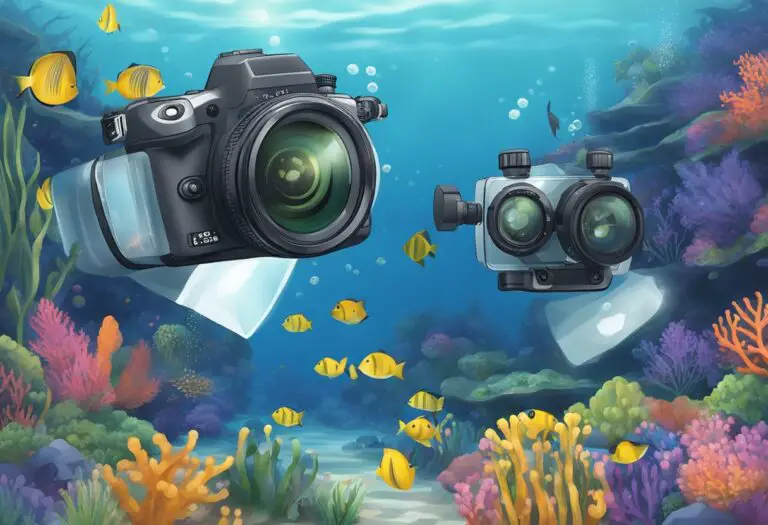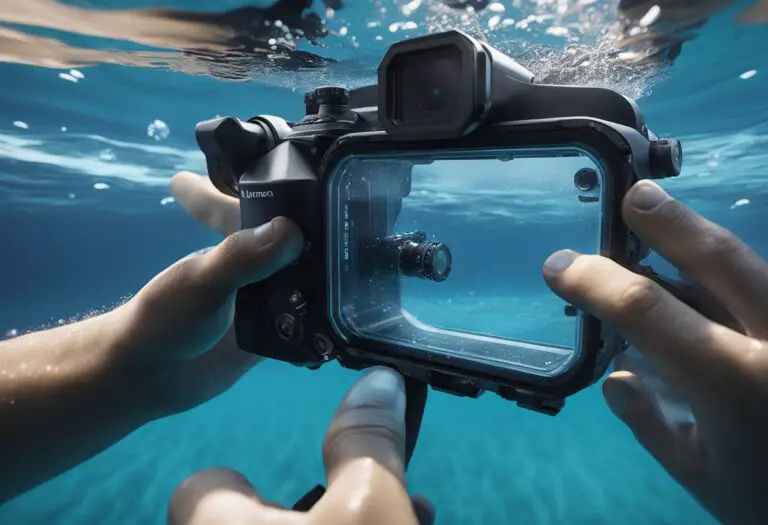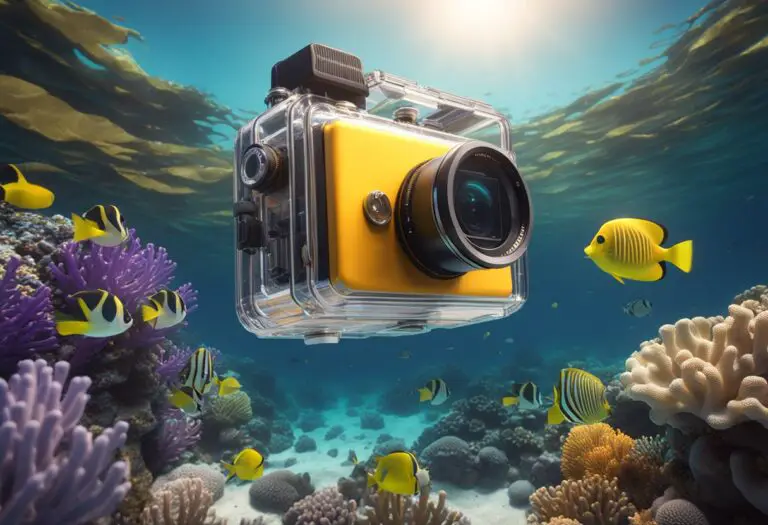How does natural lighting impact underwater photography
Natural lighting can make a significant impact on underwater photography. Understanding how to work with it effectively can be the key to capturing stunning images. Whether you are an experienced underwater photographer or just starting out, it is essential to know how natural lighting can affect your photos and how to use it to your advantage.
When it comes to underwater photography, lighting is everything. Natural light can create beautiful effects on the water, but it can also be challenging to work with. The way light behaves underwater is different from how it behaves on the surface. Understanding how to work with natural lighting can help you create stunning images that capture the essence of the underwater world. In this article, we will explore how natural lighting impacts underwater photography and provide tips on how to work with it effectively.
Fundamentals of Underwater Photography
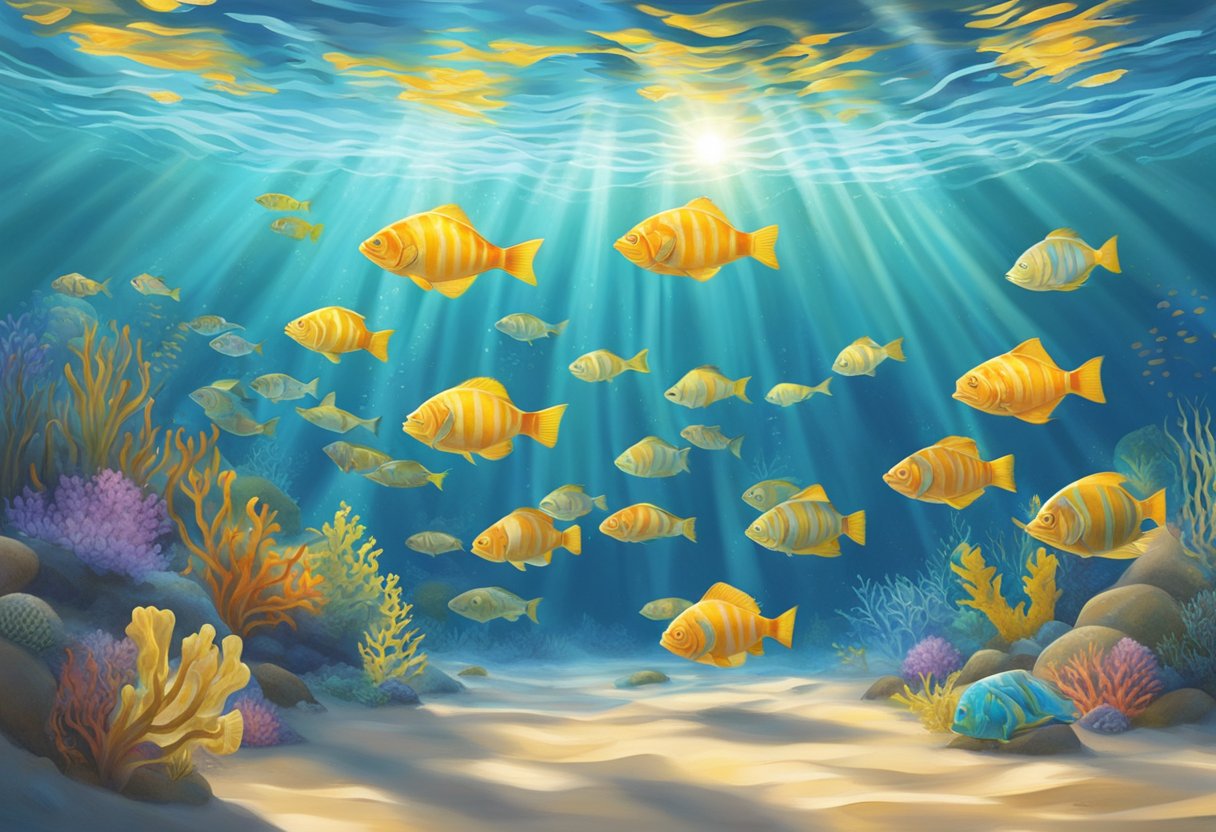
Role of Natural Light
Natural light is a crucial element in underwater photography. It is responsible for illuminating the subject, providing contrast and color to the image, and creating depth and dimensionality. The way light behaves underwater is different from how it behaves on land. Water absorbs and scatters light, reducing the intensity and altering the color spectrum. Therefore, understanding how natural light interacts with water is essential to capturing great underwater photographs.
Challenges of Underwater Lighting
One of the biggest challenges of underwater photography is lighting. The lack of natural light and the absorption and scattering of artificial light make it difficult to achieve the desired exposure and color balance. Additionally, the distance between the subject and the photographer, the angle of the light source, and the water conditions can all affect the quality of the lighting. To overcome these challenges, underwater photographers use a variety of lighting equipment, such as strobes, video lights, and torches, to supplement natural light and enhance the image quality.
Overall, understanding the fundamentals of underwater photography, including the role of natural light and the challenges of underwater lighting, is essential to capturing stunning images. By mastering these concepts and techniques, photographers can create images that are not only visually appealing but also tell a story and convey emotion.
Understanding Light Behavior Underwater
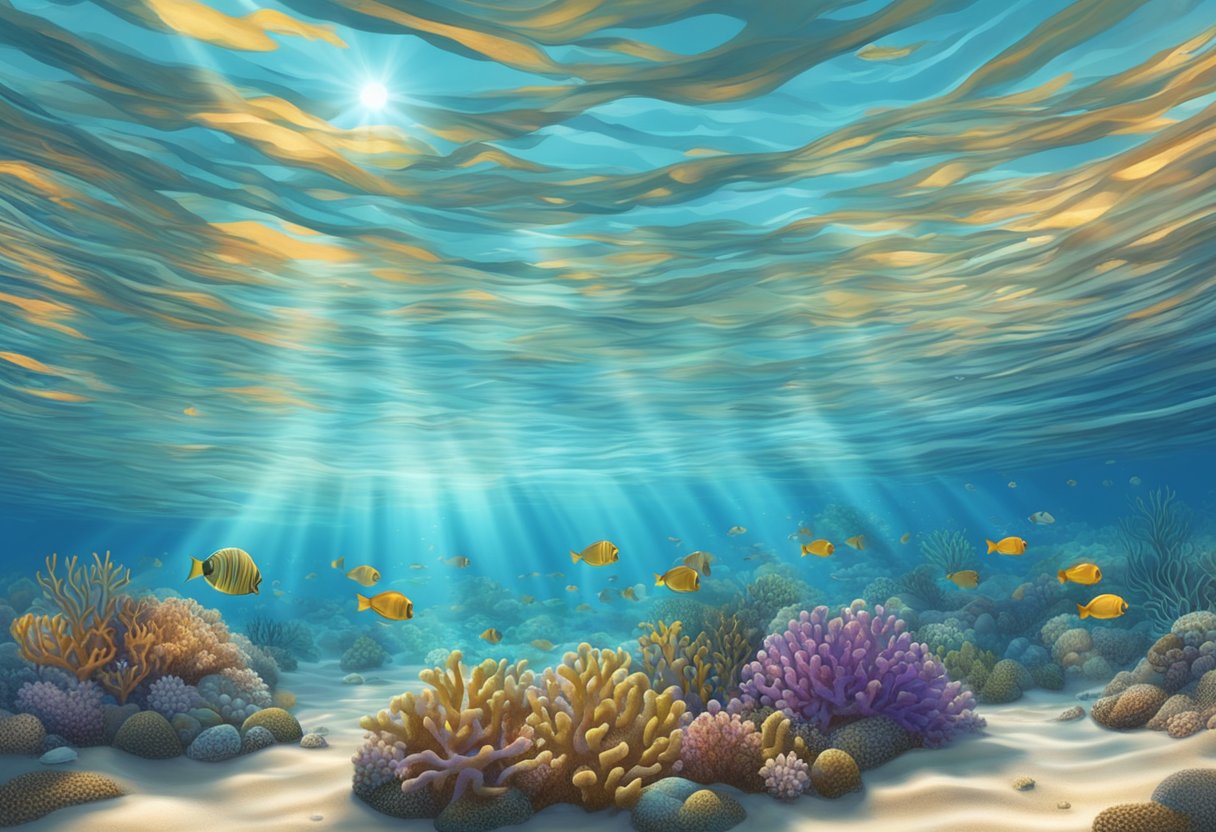
When it comes to underwater photography, understanding how light behaves underwater is crucial to capture stunning and vibrant images. The way light interacts with water is different from how it behaves in air. In this section, we will explore the two main factors that affect light underwater: absorption and scattering.
Light Absorption and Scattering
As light travels through water, it is absorbed by water molecules and particles suspended in the water. The amount of light absorbed depends on the color of the light and the distance it travels. Red light is absorbed the quickest, followed by orange, yellow, green, blue, and violet. This is why colors appear less vibrant and washed out the deeper you go underwater.
Scattering is another important factor to consider. When light strikes particles in the water, it is scattered in all directions. This can cause haze and reduce visibility, making it difficult to capture clear and sharp images. The amount of scattering is affected by the size and concentration of the particles in the water.
Color Changes and Contrast
As light travels through water, it not only loses intensity but also undergoes a color shift. The colors that are absorbed more quickly, such as red and orange, are filtered out, leaving behind blue and green hues. This can result in images that appear blue or green, especially at deeper depths.
To counteract this effect, underwater photographers often use artificial lighting or filters to add back the colors that are lost. Another way to enhance color contrast is to get closer to the subject. This reduces the amount of water between the camera and the subject, resulting in more vibrant and colorful images.
Understanding how light behaves underwater is essential to capture stunning and vibrant images. By considering the factors of light absorption, scattering, color changes, and contrast, photographers can work with natural lighting effectively and produce breathtaking underwater photographs.
Techniques for Maximizing Natural Light
Time of Day Considerations
One of the most important factors to consider when working with natural light in underwater photography is the time of day. Early morning and late afternoon are generally the best times to shoot because the light is softer and more diffused. Midday sun can be harsh and create strong shadows, which can be difficult to work with.
Use of Reflective Surfaces
Another technique for maximizing natural light in underwater photography is to use reflective surfaces. This can include using mirrors or whiteboards to bounce light onto the subject. It can also include positioning the subject in a location where the sunlight will reflect off the water’s surface and onto the subject.
Positioning and Angles
The position and angles of the subject and the photographer are also important when working with natural light. It’s important to position the subject in a way that allows the light to hit it in the most flattering way possible. This can involve moving the subject or the camera to find the optimal angle.
In addition, the distance between the subject and the light source can also impact the final image. The closer the subject is to the light source, the more intense the light will be. This can create harsh shadows and overexposure. On the other hand, if the subject is too far away from the light source, the image may appear dark and underexposed.
By using these techniques, photographers can effectively work with natural light in underwater photography to create stunning and captivating images.
Equipment to Enhance Natural Lighting
When shooting underwater, natural lighting can have a significant impact on the quality of the final image. To enhance the natural lighting, there are a few pieces of equipment that can be used to help the photographer work more effectively.
Choosing the Right Lens
One of the most important pieces of equipment for underwater photography is the lens. When choosing a lens, it’s important to consider the type of photography being done, as well as the lighting conditions. A wide-angle lens is useful for capturing a large area, while a macro lens is ideal for capturing small details.
Filters and Diffusers
Filters and diffusers can help enhance the natural lighting underwater. A color-correction filter can be used to remove the blue or green tint that is often present in underwater photos. A diffuser can be used to soften the light, which can help create a more natural-looking image.
It’s important to note that while equipment can enhance natural lighting, it cannot replace it entirely. Understanding how to work with natural lighting is key to capturing stunning underwater photos.
Post-Processing Tips
White Balance Adjustments
One of the most important post-processing steps in underwater photography is adjusting the white balance. Natural lighting can create a color cast on the image, making it look either too blue or too green. By adjusting the white balance, the photographer can bring the image back to its natural colors.
There are several ways to adjust the white balance in post-processing. One way is to use the auto white balance feature in editing software. This feature can automatically correct the color cast based on the image’s metadata. However, this method is not always accurate, especially if the metadata is incorrect.
Another way is to use the white balance dropper tool, which allows the photographer to select a neutral color in the image, such as white or gray, and adjust the colors accordingly. This method is more accurate but requires more time and effort.
Contrast and Saturation Edits
In addition to white balance adjustments, contrast and saturation edits can also enhance the underwater image. Increasing the contrast can make the image look sharper and more defined, while decreasing the contrast can create a softer, dreamy effect.
Saturation edits can bring out the colors in the image, making them more vibrant and lively. However, it is important not to overdo the saturation, as it can make the image look unnatural and unrealistic.
When making contrast and saturation edits, it is important to keep in mind the overall mood and tone of the image. The edits should enhance the image’s natural beauty and not detract from it.
Overall, post-processing is an essential part of underwater photography. By adjusting the white balance, contrast, and saturation, the photographer can bring out the best in their images and create stunning works of art.


